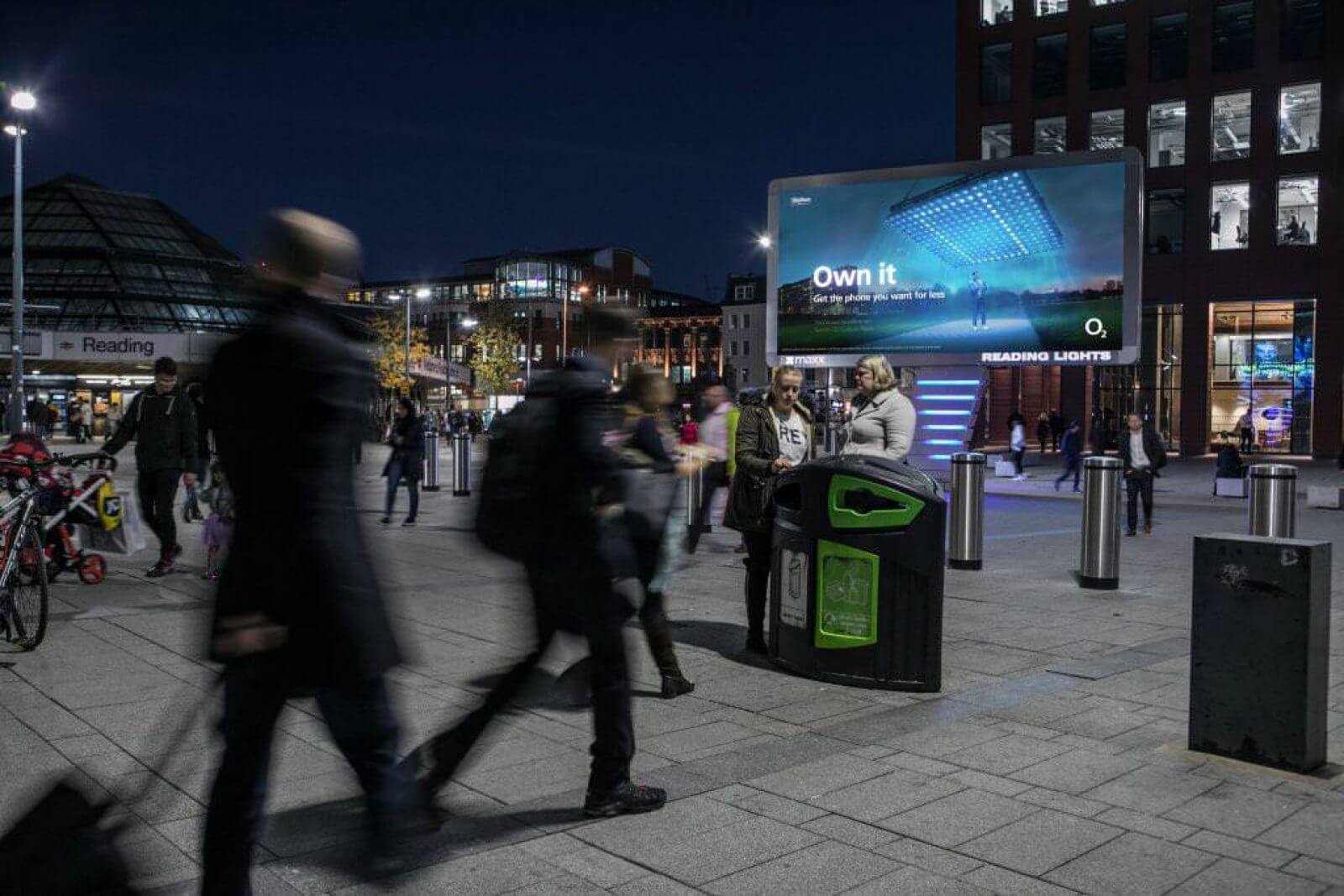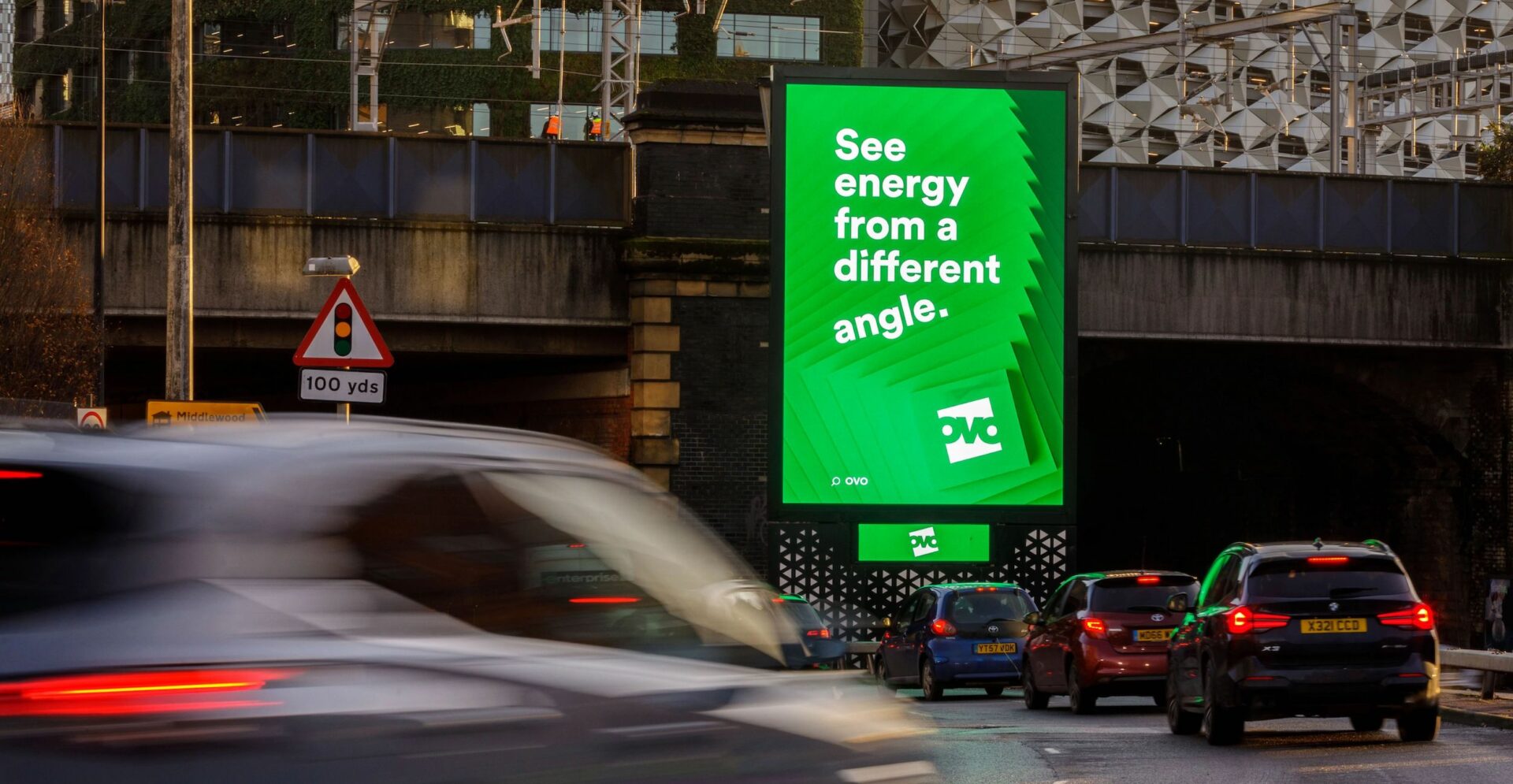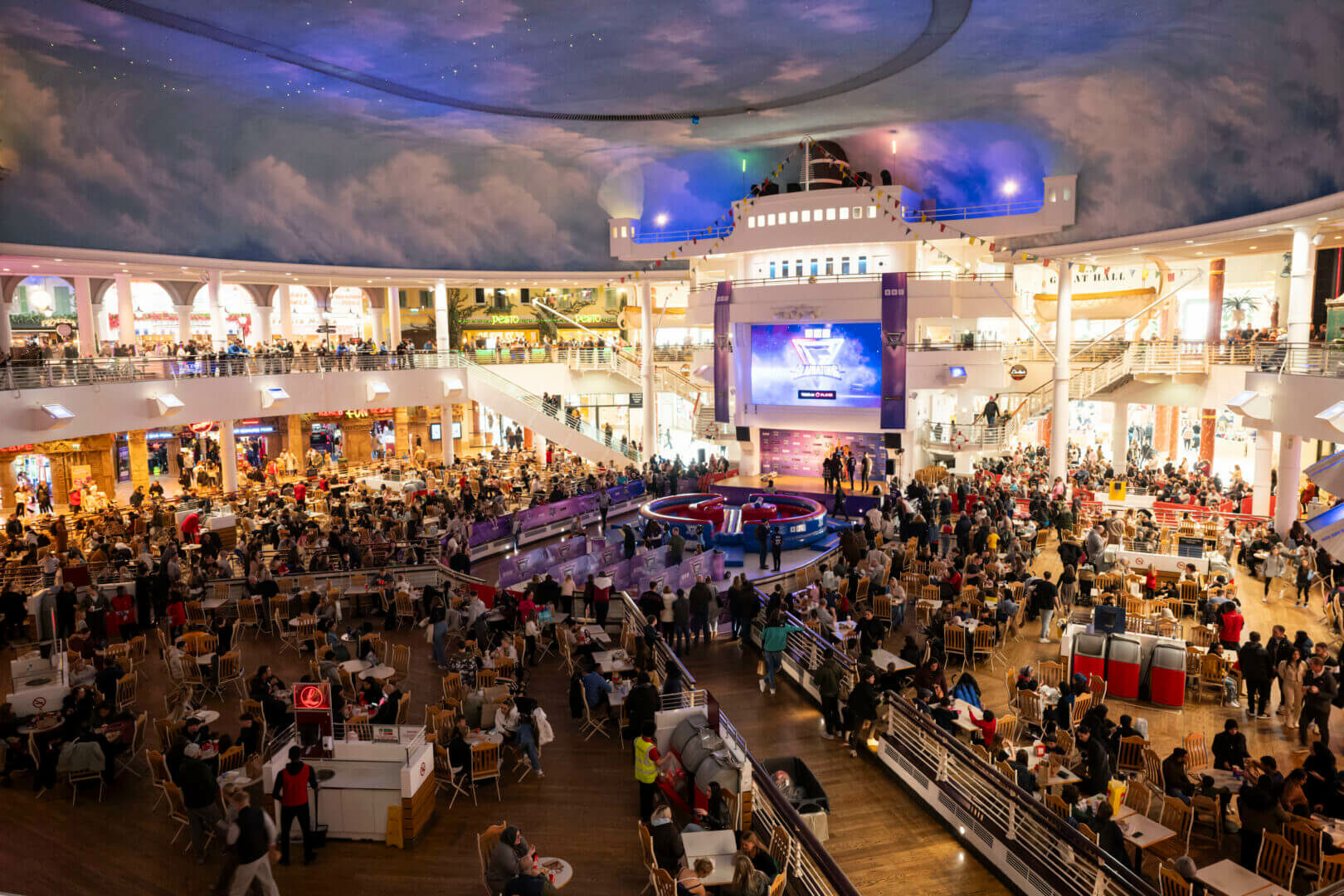Maxx Media applies Ada Data for greater Audience Understanding for its ‘Reading Lights’ Out of Home Location
Maxx Media’s ADA Data Utilization for Audience Insights in Reading
How data is proving the value of sites for Media Owners and ensuring a smarter approach to digital screen location and selection in contrast to impressions-based programmatic OOH solutions.
This first appeared in More About Advertising on 15th September 2020.
Maxx Media has collaborated with Talon, to use Ada – Talon’s proprietary data management platform – to identify audience movement and profile for their iconic Reading Lights digital OOH screens, located at the main entrance to Reading Station.
The study has uncovered key insights into the behaviours of commuters, highlighting which locations, hours, days and dayparts are the best performing to reach the Reading to London commuter audience.
Using smart location data enables media owners like Maxx Media to apply real audience insights when considering the right location for screen and selling the right audience to advertisers. This helps deliver better planning for clients, when digital screens can be selected on the basis of audience profile and real behaviours, which counteracts some programmatic OOH platforms which merely trade on impressions using unfiltered volume and footfall translated into audience impressions. Talon has launched Atlas, an intelligent automated OOH planning and buying platform which uses inputs from Ada to deliver genuine audience-first targeting and planning.
Reading Lights reaches a flexible commuter and leisure audience, covering multiple mindsets across the day and week, not just at traditional peak times.
Maxx Media accessed Ada’s billions of data points to build an in-depth picture of what the Reading Lights delivers for a Reading to London commuter audience, but taking that understanding beyond just commuter behaviours to uncovering where they live, how they travel, where they live and work and understanding some of the mindsets that associate with the behaviours.
The concise date provided has allowed the performance of Reading Lights screens to be compared to that of 21 similar large format OOH sites across the South & South East and Greater London.
The role and importance of data
The study highlights Maxx Media’s commitment to accountable audience planning, using Ada data to create audiences based on those exposed to the screen, whilst producing relevant insights around their full journey and movement behaviour.
Ada is Talon’s Out of Home data management platform which enables enhanced data-driven campaign planning and measurement. Ada uses a variety of relevant data sets to segment and build OOH audiences based on real and recent behaviours.
Maxx Media used Ada to build a custom audience of frequent commuters between Reading and London rail stations. It also analysed travellers between Reading and London Heathrow Airport, who are exposed to the Reading Lights screens.
Findings – Understanding and reimagining the commuter audience
Reading Lights screens reaches two-thirds of the total Reading to London commuter audience and is over four times more effective at reaching this audience than other locations analysed. The screens are therefore one synonymous with this audience, one which can be tracked further to identify profile and insight characteristics of the site.
Extended hours delivering an audience across the day
Reading Lights reaches a flexible commuter and leisure audience, covering multiple mindsets on weekdays and weekends. As people’s work schedule changes, flexibility means that people are reached consistently across the day and week, not just at traditional peak times.
For example, the highest volumes travel through on a Thursday and the end of the week (Weds-Fri) but we also see significant volumes travelling on the weekend. Audiences are exposed throughout the entire day, with peaks between 8am and 4pm; the busiest times remain key commuter hours, notably 6am-10am, but the later peak extends forward to 5pm, indicating more flexible working behaviour as people arrive back in Reading or leave work from the town.
Weekend movements peak between 11am and 1pm, indicating a weekend leisure audience that still over-indexes from 10am to 8pm across the full day.
An audience travelling to and from affluent locations
The data enables us to identify a number of location characteristics about the Reading Lights audience. They predominantly travel to and from affluent areas across London and the South East.
The audience is most likely to live around Reading and Newbury, with the most common postal sector in RG4 7, located in Caversham on the outskirts of Reading. But we also identifies a significant affluent audience commuting the other way, from London to Reading, from the London W and SW postal districts, including Battersea, Clapham, Kensington and Fulham, as well as areas in North and East London like Stoke Newington. The screen’s audience has a high average household income and are identified as are more likely to be senior business key decision-makers.
The highest concentration of destination locations is in London W2 around Paddington and Marylebone. We also saw hotspots around the City, Canary Wharf, Green Park and Southwark, affluent commuter destinations. This is reflected by the high proportion of the Reading Lights audiences who travel to Paddington, Waterloo, Charing Cross stations, but also London Underground locations like King’s Cross St Pancras, Bank and Liverpool Street.
From our analysis of the South & South East screens, we found Reading Lights to reach an affluent working audience up to 75% more effectively than other locations. The Reading Lights commuter audience travels far and wide, to more affluent areas, therefore disposed to upscale, luxury and high-end products, as well as working in locations where destination shopping and entertainment experiences stand out. The Reading Lights can be evidenced as providing a greater frequency of exposure consistently across and audience of both weekday and weekend mindsets.
The study also found that Reading Lights is almost twice as effective in reaching a traveller audience to and from Heathrow Airport, compared to other comparable screens in the South & South East.
Conclusion
The Reading Lights commuter audience extends to those living and working in more affluent areas of the South & South East, key business locations across London and one travelling with multiple mindsets, both weekday and weekend. As we adapt our commuting lifestyle yet see more of use returning to work, this flexibility will be a feature of a clearly affluent commuter and frequent flyer audience receptive to higher-end product advertising.
The approach allows for more nuanced, accurate and relevant use of data and insight to inform digital OOH screen selection.
Locally, the site is making a strong impact. Reading Borough Council Business Development Manager Marcus Hermon said, “Reading Borough Council recognises the value that high quality ‘digital out of home’ advertising brings to the economy of the town. The audience insights on Reading Lights provided by ADA supports the position of Reading as a high performing local authority. Partnering with media owners such as Maxx Media provides Reading with a high level of exposure”.
Maxx Media’s MD Peter Dixon concludes, “Using Ada to add a layer of audience understanding has been our best investment outside building the screens themselves. This now brings more science and strategic insight to new site development, taking all the guesswork out of being in the right location. We’re now identifying new locations and using Ada to inform our development decisions based on relevant audiences.”
Peter Dixon, Managing Director Maxx Media and Charlotte McDougall, Audience Planning Manager, Talon.




